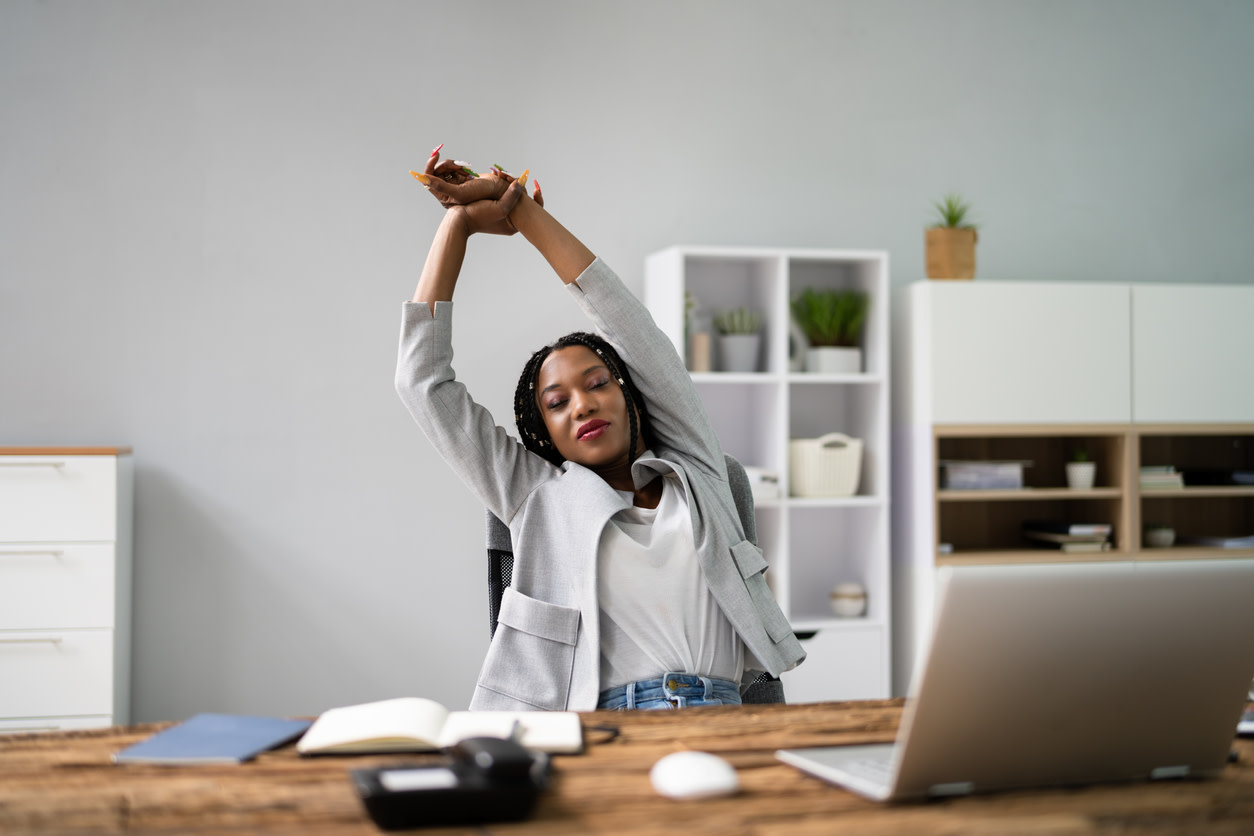¿Sentado todo el día? Los 12 mejores ejercicios y estiramientos de oficina para hacer en tu escritorio
Aprende sobre simples ejercicios recomendados por fisioterapeutas que puedes hacer en tu escritorio para contrarrestar estar sentado durante largos períodos.
$0 costo para usted
Última actualización: Jul 22, 2025
El índice
Best exercises to do at your desk
¿Quieres atención de expertos? Consulta si estás cubierto por nuestro programa gratuito →- Conjunto de glúteos
- Prensa de mesa, sentado
- Estiramiento de los flexores de la cadera sentado
- Levanta el hombro
- La cabeza gira
- Mentones
- Inclinación de pelvis en asiento
Chair exercises to do at work
¿Quieres atención de expertos? Consulta si estás cubierto por nuestro programa gratuito →- Dips de silla
- Giros oblicuos
- Sentadillas de silla
- Levanta la pantorrilla
- Extensiones de espalda sentadas
